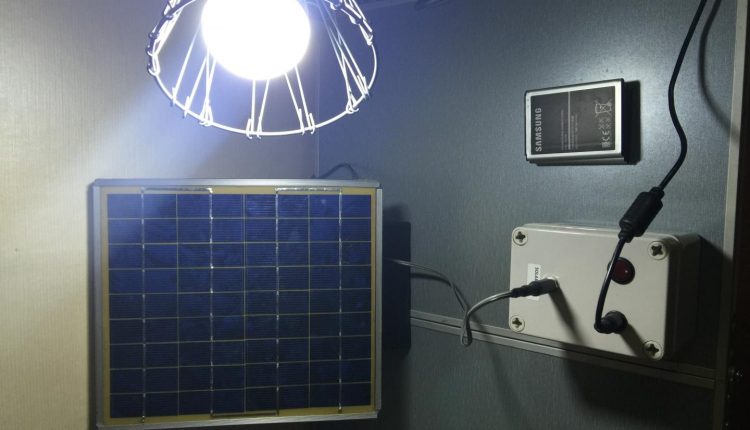
While smartphones these days don’t last very long, the lithium ion batteries within them can last for about five years. This means that anyone who throws out their smartphone in less than five years is generating e-waste and throwing away a perfectly good battery.
Researchers from Kyung Hee University in Seoul have proposed a plan for transforming unused lithium ion batteries into energy storage units for solar-powered LED lamps.

Boucar Diouf, a professor in the Department of Information Display, who led the research, proposed a program that consists of five general steps: battery collection, testing and selection, system manufacturing, commercialization, and installation.
“Using the battery of mobile phones in small solar home systems becomes obvious in order to make access to electricity easier to those who live without,” said Diouf.
According to the team, a standard lithium ion phone battery of 1000 milliamp-hour capacity can power a one-watt LED lamp for about three hours, or a 0.5-watt lamp, which is perfect for reading and writing, for about six hours. If it was wired to a small solar panel, the system would be able to last for about three years.
The researchers also constructed a full 12-volt system made of three mobile phone batteries of 3,100 millliamp-hour capacity each, with a 5-watt LED lamp and a small solar panel, for under $25. The devised system has the ability to light up a room for about five hours each day and last for about three years.
Diouf and his colleagues now plan to set up battery collections and e-waste recycling systems, as well as reduce the cost of solar systems for rural populations in developing countries. He plans to start pilot projects in Senegal and sub-Saharan African countries within the next year.

Comments are closed, but trackbacks and pingbacks are open.